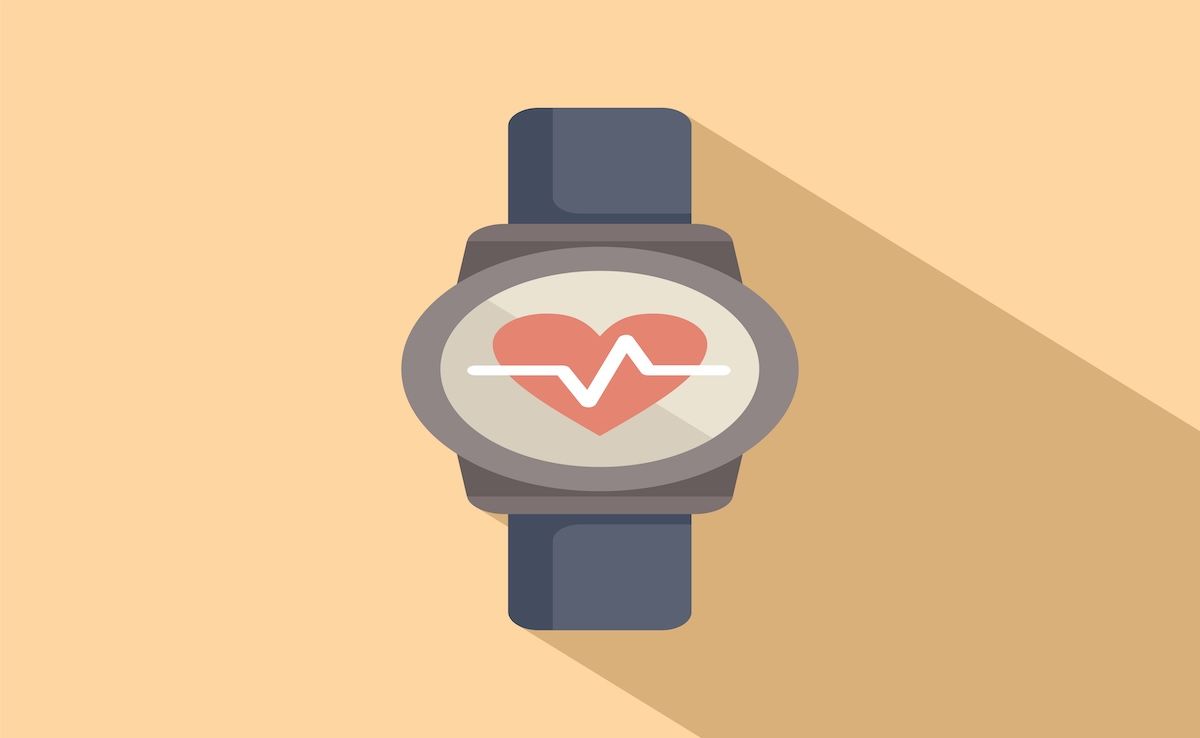Article
Decreasing Healthcare Cost Through Generic Substitutions
Author(s):
Prescription drugs are a major source of US healthcare expenditures, and a new study in Health Affairs has determined just how much.
Prescription drugs are a major source of US healthcare expenditures, and a new study in Health Affairs has determined just how much.
In 2013, patient copayments averaged at least 10.5 times more for 2 commonly prescribed brand-name medications versus generic drugs. For Medicare Part D beneficiaries who qualify for the low-income subsidy, an unnecessary financial burden is created because then they are forced to make a choice between food or medications based on their monthly budget.
Nicole M. Gastala, MD, and colleagues conducted the study to find out just how much could have been saved in 2013 had patients opted for generic alternatives instead of a branded drug. The results were significant enough to demand for awareness and education for consumers and physicians to reduce the overall cost of medication.
“Two of the most commonly prescribed brand medications in the top 10 for cost in 2013 were Nexium and Crestor,” said Gastala, a former visiting scholar at the Robert Graham Center for Policy Studies in Washington, DC, and a practicing family medicine physician at Primary Health Care Inc., in Marshalltown, Iowa. “Both have therapeutic equivalents and thus are classified as ‘me too’ medications. We found that preferential prescribing of ‘me too’ brand-name medications in place of generic therapeutic substitutions resulted in a financial burden to patients, who paid an average of 10.5 times more for the branded medication.”
Study Process and Results
For the research, the cost associated with 2 commonly prescribed brand-name medications were studied: Nexium (an acid reflux medication) and Crestor (a cholesterol medication). These 2 were listed in the top 10 for cost in 2013, and both have generic equivalents (omeprazole for Nexium and atorvastatin for Crestor).
After adjusting for total costs, per-day costs, and rebates, it was found that a whopping amount was spent for branded drugs, something that could have been avoided if patients opted for the generic alternatives.
For example, the total estimated savings in 2013 for Nexium could have been $870 million, if patients had opted for omeprazole instead. Similarly, nearly $1.208 billion could have been saved if patients had opted for atorvastatin in place of Crestor. The individual cost to consumer could also have been reduced drastically ($42 versus $4). In general, patients were paying an average of 10.5 times more for the copay for the branded drug versus the generic therapeutic alternative.
Responsible Stewardship of Health Care Expenditure
The obligation of healt care professionals lies in the simple mantra prescribed by the American College of Preventive Medicine: “Don’t use expensive medications when an equally effective and lower-cost medication is available.”
Medicare Part D beneficiaries who qualify for the low-income subsidy are often forced to divide their monthly budget between food and medication, thereby creating an excessive financial burden for them. Opting for generic alternatives is the best solution.
As Gastala puts it: “Awareness and education for consumers and physicians might help decrease costs through appropriate generic prescription substitutions.”





